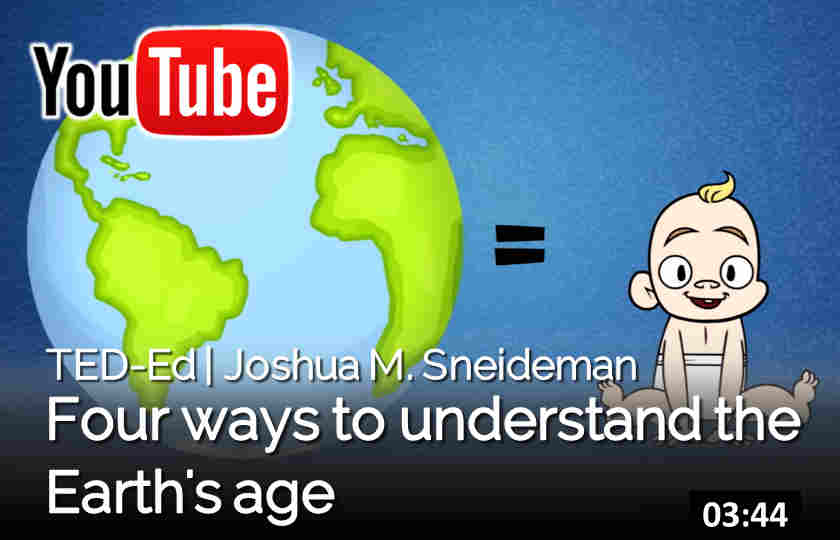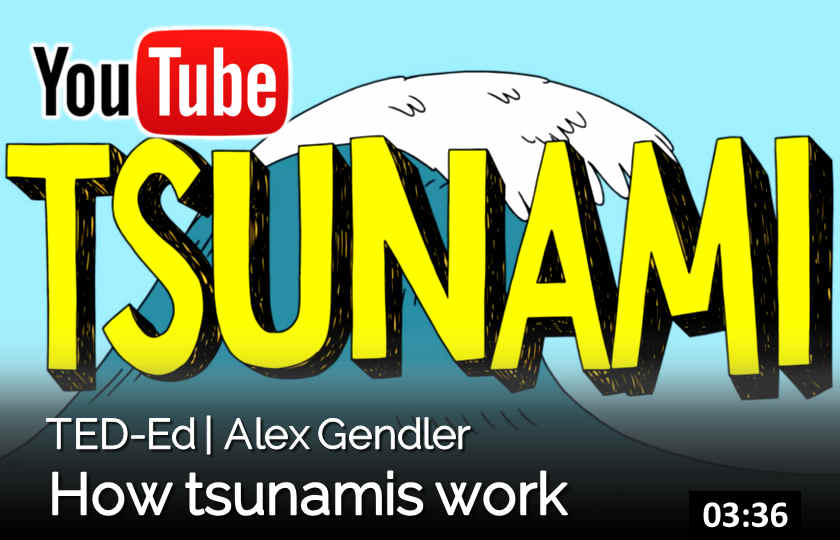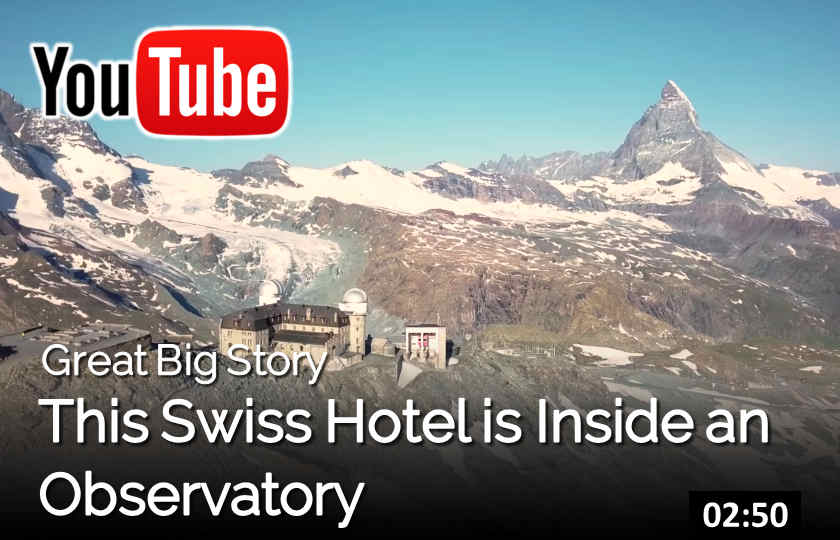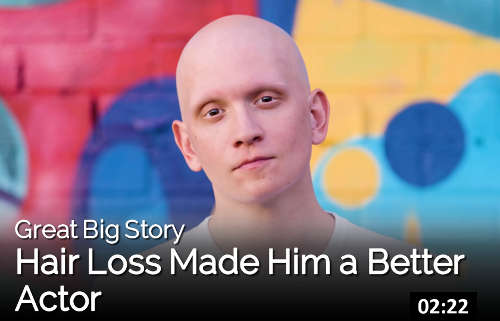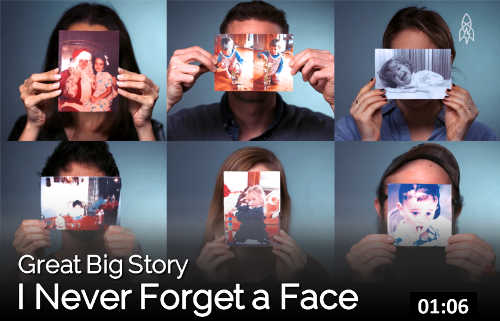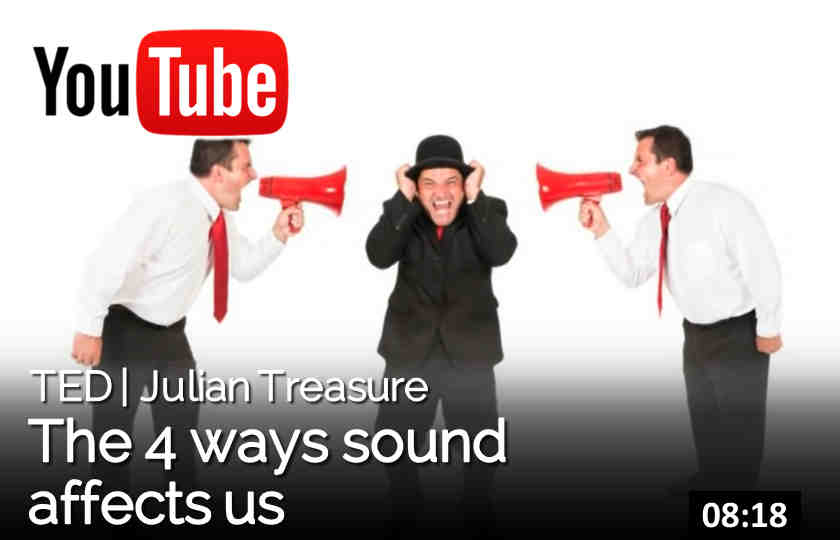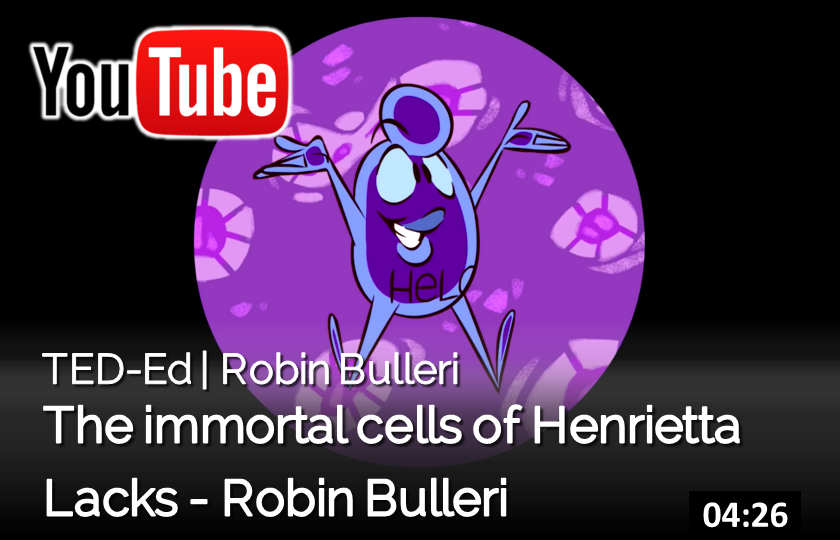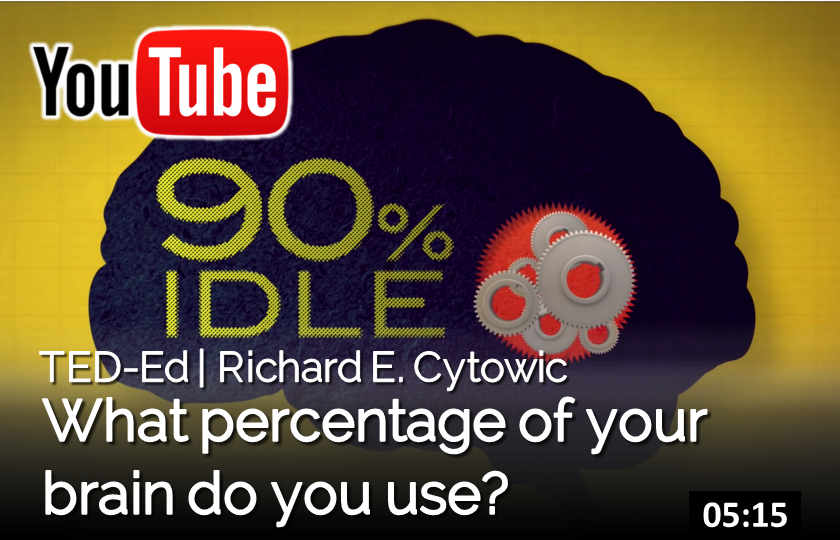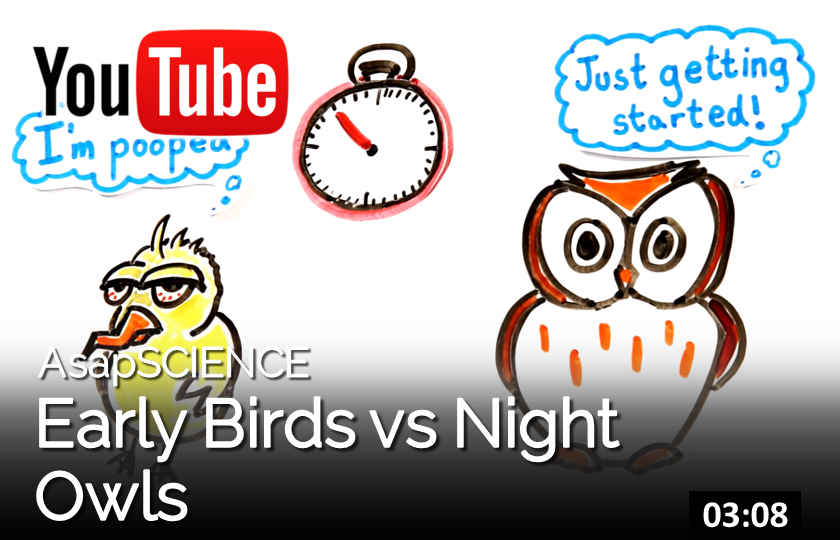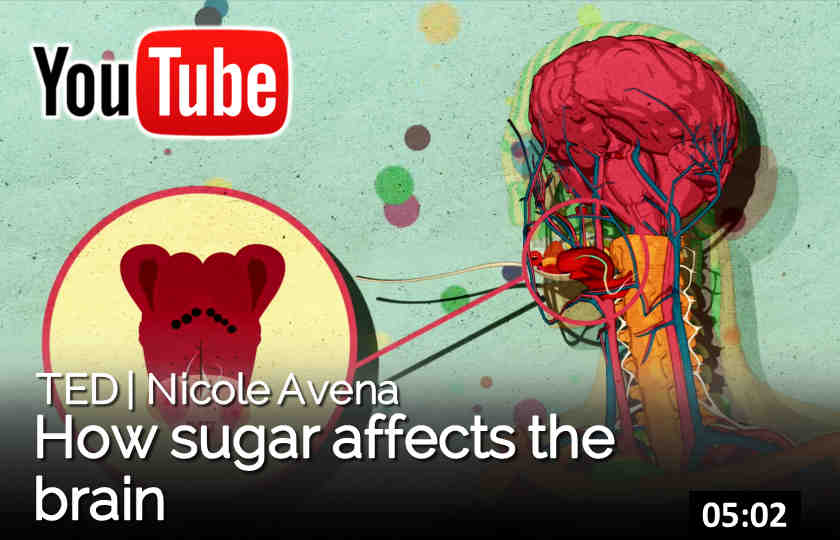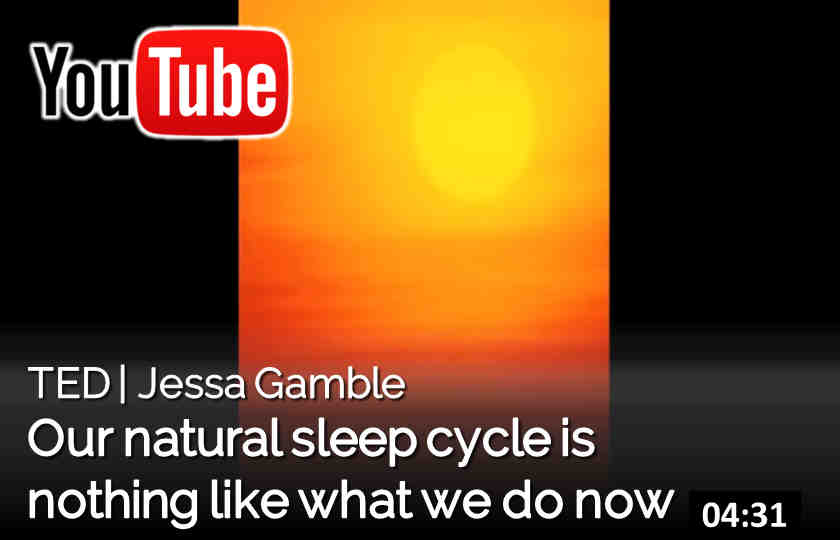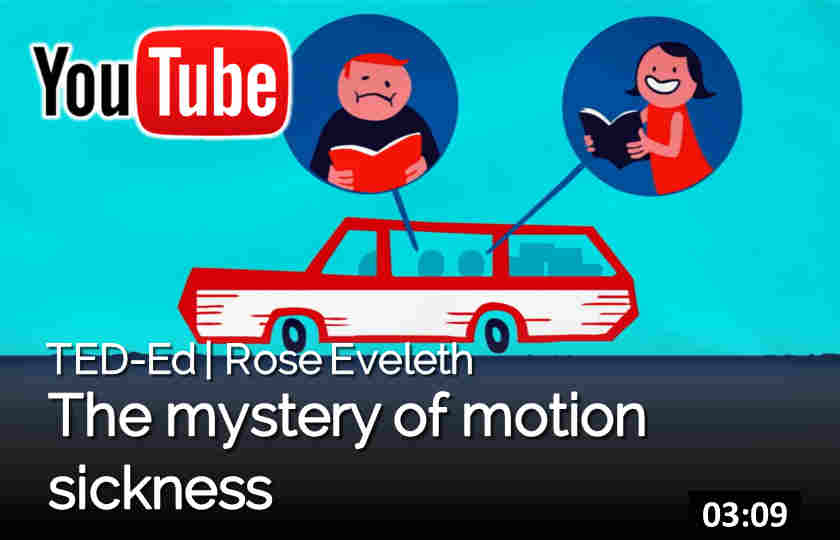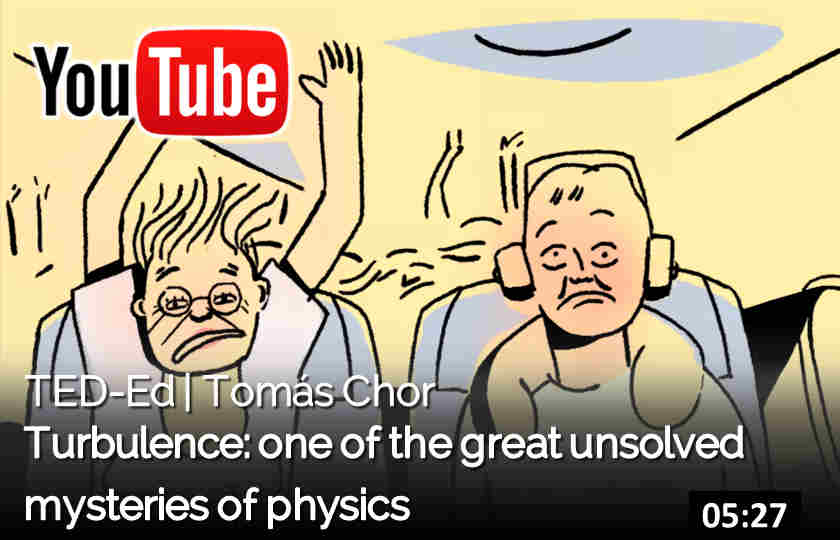Science
Animals & Nature
[more]
[less]
[more]
[less]
[more]
Lesson by Valentin Hammoudi, directed by Doug Alberts.
[less]
[more]
Lesson by Alex Gendler, animation by Augenblick Studios.
[less]
[more]
[less]
[more]
[less]
[more]
Farmers are racing to grow and sell the perfect apple, one with the best texture, the best crunch, the best flavor — even an apple that won’t brown.
The most innovative apples on the market are patented, trademarked, and have catchy names, logos, and slogans. And consumers have shown they’re willing to pay a premium price for an apple that guarantees a flavor-packed bite.
Watch the video above to learn more about why Red Delicious apples have dominated the market for so long (despite less-than-sublime taste) and how it all changed when the Honeycrisp sparked consumer demand for a superior tasting apple.
[less]
If you doubled in size, your weight would be eight times greater. That’s the trouble with growing tall. Gravity’s pull is keeping us all down. But there are a few earthly giants that have fought gravity and won.
Size is the most under appreciated regulators of living things. Let us demonstrate that by throwing animals from buildings.
[more]
Lesson by Gillian Gibb, directed by Anton Bogaty.
[less]
Astronomy
Passage written by Carl Sagan for the book Pale Blue Dot published by Random House,
Copyright ©1994 Democritus Properties, LLC
[more]
Lesson by Dan Quinn, animation by Sandro Katamashvili.
[less]
[more]
[less]
[more]
[less]
On April 10, 2019, the team announced their results: They had successfully imaged the supermassive black
[more]
The team wanted to find out whether Einstein’s Theory of General Relativity holds up in the extreme environment of black holes, and the results do, in fact, seem to be consistent with the predictions. In the future, we may see more and sharper images of black holes as the team targets smaller wavelengths of light and recruits more telescopes. Eventually, they may include an orbiting space telescope.
[less]
Body
At some point, you’ve probably learned about the five senses: sight, sound, smell, taste, and touch. However, the classic list doesn’t account for all the sensations we experience and use to navigate the world around us!
Lots of things go crazy in a woman’s body when she’s pregnant, but Hank tells you about three cool phenomena you might not have heard about. You’ll want to thank your mom when you find out what they are!
[more]
[less]
[more]
Lesson by Mia Nacamulli, animation by Private Island.
[less]
Jennifer Jarrett never forgets a face. No, really. The super recognizer can see someone and immediately recognize them, regardless of how much time has passed.
While customs and traditions involving pregnancy vary worldwide, the developmental process is essentially universal. Find out about the science of pregnancy from conception, through the three trimesters, and to labor and delivery.
Playing sound effects both pleasant and awful, Julian Treasure shows how sound affects us in four significant ways. Listen carefully for a shocking fact about noisy open-plan offices.
[more]
[less]
[more]
Lesson by Joshua W. Pate, directed by Kozmonot Animation Studio.
[less]
Lesson by Robin Bulleri, animation by Brandon Denmark.[/show_more]
Sometimes, against a uniform, bright background such as a clear sky or a blank computer screen, you
[more]
Lesson by Michael Mauser, animation by Reflective Films.
[less]
[more]
Lesson by Jeffrey Siegel, animation by Brett Underhill.
[less]
[more]
Lesson by Richard E. Cytowic, animation by TOGETHER.
[less]
[more]
You know that little pink thing nestled in the corner of your eye? It’s actually the remnant of a third eyelid. In humans, it’s vestigial, meaning it no longer serves its original purpose. There are several other vestigial structures in the human body, quietly riding along from one of our ancestor species to the next. But why have they stuck around for so long? Dorsa Amir investigates.
Lesson by Dorsa Amir, directed by Avi Ofer.
[less]
[more]
Lesson by Alex Gendler, animation by The Moving Company Animation Studio.
[less]
[more]
Lesson by Shaylin A. Schundler, directed by Andrew Foerster & Nick Counter.
[less]
[more]
Lesson by Claudia Aguirre, animation by TED-Ed.
[less]
People ask Google everything under the sun. One of the most commonly searched questions in the world is “How do I grow a beard?”? Let SciShow explain.
[more]
Insulin pumps improve the lives of millions of people with diabetes around the world by monitoring blood sugar, delivering insulin, and preventing the need for constant finger-pricking. But there’s a catch: they’re temporary. And it’s not only insulin pumps that have this problem, but all bodily implants. Why is that? Kaitlyn Sadtler details how our immune system reacts to foreign bodies.
Lesson by Kaitlyn Sadtler, directed by Andrew Foerster.
[less]
Did you know that if you start working out, your body will kind of “remember” what it’s like to be strong, even after you take some time off? How are your muscles able to do that?
Health
[more]
Lesson by Claudia Aguirre, animation by Alan Foreman.
[less]
Does the early bird really get the worm?
What If You Sleep 2 Hours Less Every Night?
[more]
[less]
Nilofer Merchant suggests a small idea that just might have a big impact on your life and health: Next time you have a one-on-one meeting, make it into a “walking meeting” — and let ideas flow while you walk and talk.
There’s a long-held myth that cracking your knuckles can damage your hands. The sound definitely might
[more]
There’s a space in your joints filled with synovial fluid, a liquid that reduces the friction in your joints when you move. It contains gases (oxygen, nitrogen, and carbon dioxide).
When you pop a joint, you stretch out that space between the bones. That expanding space creates negative pressure, like a vacuum, that sucks in the synovial fluid. It forms bubbles, which then collapse, and that’s what you hear.
Most medical sources agree that unless you experience pain when you pop your joints, you’re probably fine to keep doing it. Researchers (including one man who cracked his knuckles on just one hand for 60 years) haven’t established a connection between cracking your knuckles and arthritis.
One 1990 study of 300 people did find that cracking knuckles over a long period of time led to hand swelling and decreased grip strength, but there hasn’t been any follow-up research on that.
[less]
[more]
Lesson by Andrea M. Henle, directed by Adam Wells.
[less]
[more]
Lesson by George Zaidan, animation by TED-Ed.
[less]
[more]
[less]
[more]
Lesson by Nicole Avena, animation by STK Films.
[less]
Should you be using makeup?
[more]
[less]
James regales us with his tales of donating blood.
American healthcare might not be the best world, but it is the most expensive.
[more]
Lesson by Mia Nacamulli, animation by Chris Bishop.
[less]
Look alive, you! Today we’re diving into the science behind dark circles under your eyes, and all the things that might cause them – tiredness included.
The stereotypical modern playground — with its bright colors and rubberized flooring — is designed to be
[more]
US playground designers spent decades figuring out how to minimize risk: reducing heights, softening surfaces, and limiting loose parts. But now, some are experimenting with creating risk. A growing body of research has found that risky outdoor play is a key part of children’s health, promoting social interactions, creativity, problem-solving, and resilience.
Some communities are even experimenting with “adventure playgrounds,” a format with origins in World War II Denmark, where bomb sites became impromptu playgrounds. Filled with props like nails, hammers, saws, paint, tires, and wood planks, these spaces look more like junkyards than play spaces — and parents are often kept outside of the playground while children are chaperoned by staff. Now, that question of keeping children safe versus keeping children engaged is at the heart of a big debate in playground design.
[less]
[more]
Lesson by Murat Dalkilinç, animation by Oxbow Creative.
[less]
Lesson by Jessica Green and Karen Guillemin, animation by nenatv.[/show_more]
Logic
[more]
Lesson by Ganesh Pai, animation by Jun Zee Myers.
[less]
[more]
Lesson by Dennis Shasha, directed by Artrake Studio.
[less]
[more]
Lesson by Andrew Zimmerman Jones, directed by Nice Shoes.
[less]
In a very short amount of time the human population exploded and is still growing very fast. Will this lead to the end of our civilization?
Modern cities are designed for cars. But the city of Barcelona is testing out an urban design trick that can give cities back to pedestrians.
Can we all agree that the left lane is for passing, please?
Physics & Chemistry
[more]
[less]
[more]
[less]
[more]
Lesson by Shohini Ghose, animation by Anna Nowakowska.
[less]
[more]
Lesson by Rose Eveleth, animation by Tom Gran.
[less]
[more]
Lesson by Rose Eveleth, animation by Flaming Medusa Studios Inc.
[less]
[more]
You’re on an airplane when you feel a sudden jolt. Outside your window nothing seems to be happening, yet the plane continues to rattle you and your fellow passengers as it passes through turbulent air in the atmosphere. What exactly is turbulence, and why does it happen? Tomás Chor dives into one of the prevailing mysteries of physics: the complex phenomenon of turbulence.
Lesson by Tomás Chor, directed by Biljana Labovic.
[less]
Turns out there’s a lot of chemistry in cooking.
[more]
In 1990, the Italian government enlisted top engineers to stabilize Pisa’s famous Leaning Tower. There’d been many attempts during its 800 year history, but computer models revealed the urgency of their situation. The tower would topple if it reached an angle of 5.44 degrees— and it was currently leaning at 5.5. What gives the tower its infamous tilt? Alex Gendler explores the monument’s history.
Lesson by Alex Gendler, directed by Aim Creative Studios.
[less]
